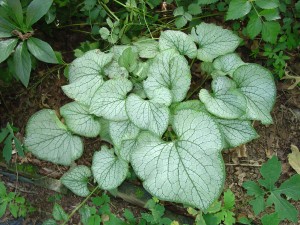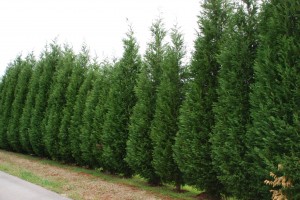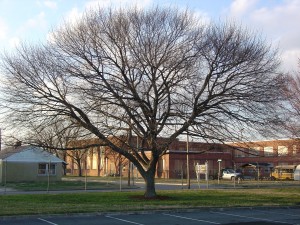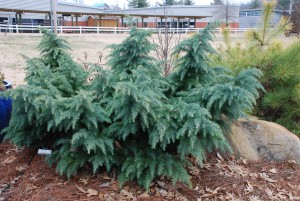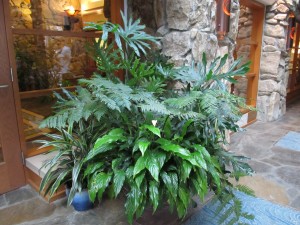Lenten roses or hellebores (Helleborus spp.) are long-lived perennials, often surviving in the same garden spot for many years. Four species of Lenten roses grow in the Southern Appalachian region (USDA hardiness zones 6 and 7). All thrive in shady garden recesses, exposed to as little as 3 – 4 hours of dappled sunlight. Numerous new cultivars have been introduced over the past 25 years.
Foliage is coarsely tooth, palmately compound, the leaflets arranged like fingers on a hand. Lenten roses bloom from mid-February through April and are available in white, pink, green, plum or reddish-purple.
Lenten roses love a loamy well drained soil rich in organic matter or compost. A limey soil pH around 7.0 or slightly higher is best. Mulching around plant(s) contributes to their garden longevity. Hellebores are drought tolerance, but regular watering during dry summer periods is encouraged.
Plants should be divided every 4-5 years either in the early spring, soon after flowering, or in early fall. Wear when handling seeds or plants as the sap may cause skin blisters. Lenten roses are highly poisonous to most animals, including humans, and are quite resistant to deer and vole feeding.
Most popular is the Oriental hellebore (H. x orientalis, often written H. x hybridus). They offer the most color choices of any species. Flowers average 3-inches in width and heads are slightly nodding. Flowers are borne on single stems and petals are often spotted or flecked.
Next Blog: The Other Lenten Roses

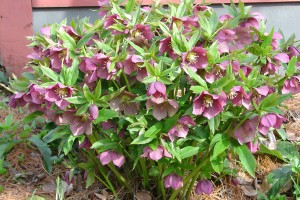
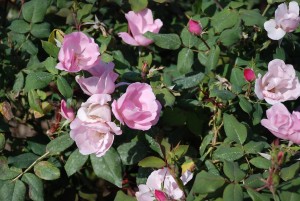
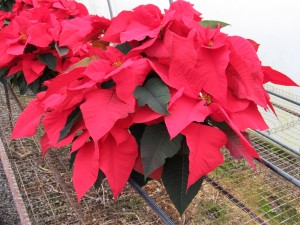
![Hydrangea querc'RubySlippers']](https://whatgrowsthere.com/grow/wp-content/uploads/2011/01/Hydrangea-quercRubySlippers-300x218.jpg)
